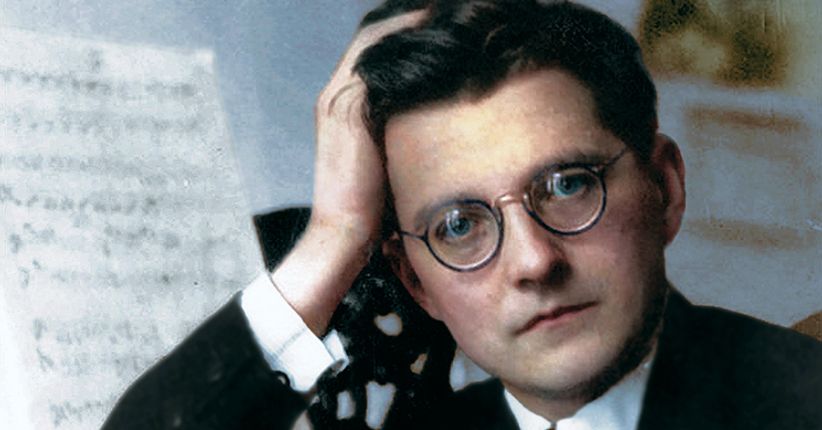
Dmitri Shostakovich: A Complete Biography
Dmitri Shostakovich (1906–1975) stands as one of the most significant and complex composers of the 20th century. A prolific creator whose music mirrored the turbulent[…]

Shostakovich – Sonata for Viola and Piano, Op. 14
Dmitri Shostakovich, one of the most influential composers of the 20th century, left behind a remarkable legacy of music that captured the complexities of Soviet[…]

Shostakovich – String Quartet No. 12
Dmitri Shostakovich’s String Quartet No. 12 in D-flat major, Op. 133, composed in 1968, is one of the most profound and enigmatic chamber works of[…]

Shostakovich – The Piano Quintet in G Minor, Op. 57
Dmitri Shostakovich’s Piano Quintet in G Minor, Op. 57, composed in 1940, stands as one of the most celebrated chamber works of the 20th century.[…]

Shostakovich – The Gadfly Suite
Dmitri Shostakovich, one of the most influential composers of the 20th century, is widely celebrated for his symphonies, string quartets, and film scores. Among his[…]

Shostakovitch – Symphony No. 10 in E Minor
Dmitri Shostakovich’s Symphony No. 10 in E Minor, Op. 93, composed in 1953, stands as one of the composer’s most powerful and enigmatic works. Written[…]

Shostakovich – Cello Concerto No. 1
Dmitri Shostakovich’s Cello Concerto No. 1 in E-flat major, Op. 107 is widely considered one of the greatest cello concertos of the 20th century. Written[…]

Shostakovich – Symphony No. 5 in D minor
Dmitri Shostakovich’s Symphony No. 5 in D minor, Op. 47 is one of the most powerful and historically significant works in 20th-century classical music. Premiered[…]

Shostakovich – Lady Macbeth of the Mtsensk District
Dmitri Shostakovich’s opera Lady Macbeth of the Mtsensk District stands as one of the most remarkable and controversial works of 20th-century music. Bold, intense, and[…]

Shostakovich – String Quartet No. 8 in C minor
Dmitri Shostakovich’s String Quartet No. 8 in C minor, Op. 110, is one of the most haunting and personal works in the composer’s oeuvre. Written[…]